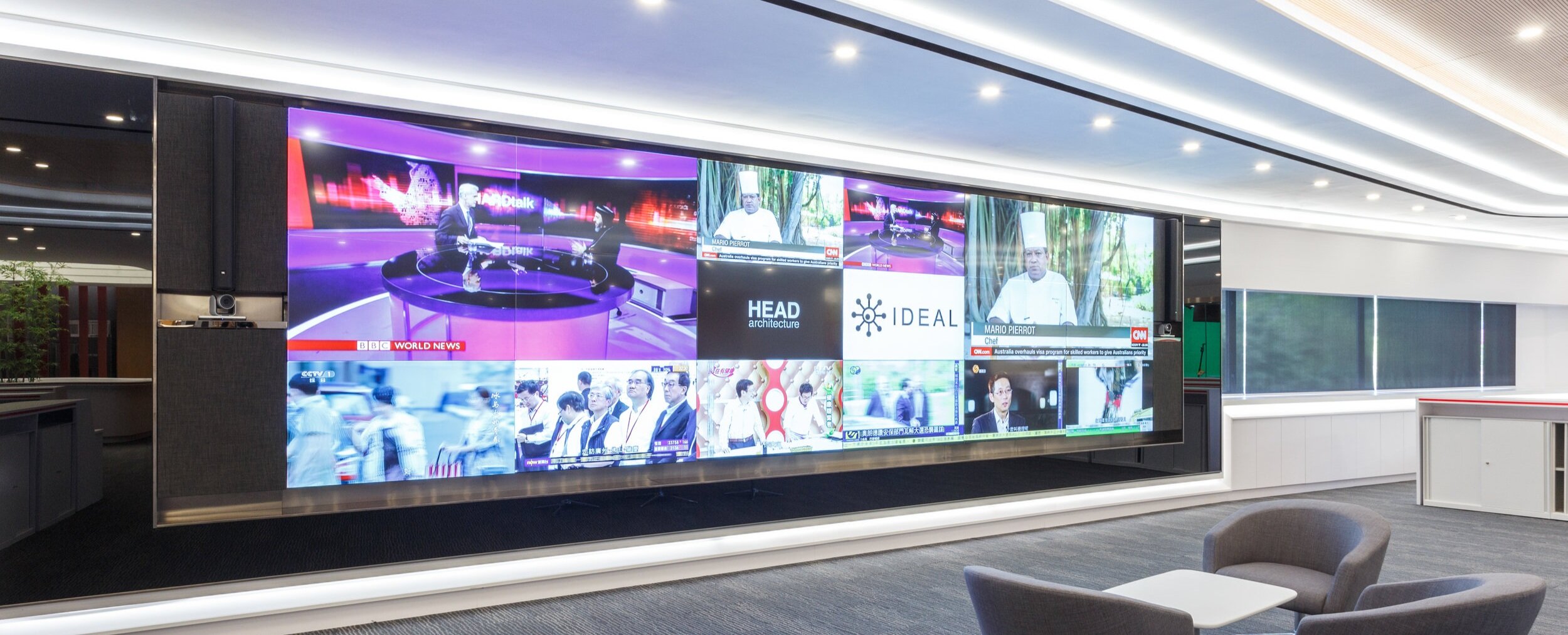Mastering the Art of Hue Calibration for Stunning Imagery on LED Screens
Wiki Article
Color calibration is an essential process for attaining breathtaking images on light-emitting diode screens. Light-emitting diode screens are commonly used in multiple settings, such as concerts, conferences, and advertising displays. These walls consist of many tiny light-emitting lights that create images and videos. However, if the colors are not calibrated properly, the visuals can look dull or distorted. Hue calibration guarantees that the colors displayed on the light-emitting diode wall are precise and vibrant, enhancing the overall watching encounter.
The first phase in color calibration is comprehending the color spectrum. Color spectrum refers to the range of colors that can be displayed on a display. Various devices, such as photographic devices and displays, may use varied hue spectra. Typical hue spaces include sRGB, Adobe's RGB, and DCI-P3. Knowing which hue space the LED wall uses is crucial for proper tuning. This understanding assists in modifying the colors to match the intended output, guaranteeing that the images appear as they were intended to be viewed.

Next, using a color tuning device is essential for obtaining accurate results. These tools can be hardware instruments or program tools designed to measure and modify hues. A color measurement device is a commonly used hardware tool that measures the colors displayed on the light-emitting diode screen. It offers information on how the colors appear compared to the reference values. By using this data, modifications can be made to the light-emitting diode wall settings, such as brightness, contrast, and color balance. This procedure assists in matching the shown hues with the led wall panel brightness levels intended hue benchmarks.
Another crucial aspect of color calibration is ambient light consideration. The lighting in the environment where the light-emitting diode screen is situated can greatly influence how hues are seen. For instance, intense surrounding light can wash out colors, making them appear less lively. Therefore, it is crucial to assess the illumination environment before tuning the light-emitting diode screen. Modifications may need to be made to the screen's brightness and contrast settings to compensate for the surrounding light. This guarantees that the colors stay bright and faithful to their desired look.
In conclusion, routine upkeep and re-tuning are essential to maintain the light-emitting diode screen operating at its optimal. Eventually, the hues on the LED wall may drift due to factors like aging components or changes in the environment. Regularly scheduled calibrations help to maintain color accuracy and consistency. It is also beneficial to keep a record of tuning settings and results. This documentation can help in spotting trends or problems that may occur, allowing for timely adjustments. By prioritizing color calibration, users can ensure that their light-emitting diode screens provide breathtaking images that engage audiences.